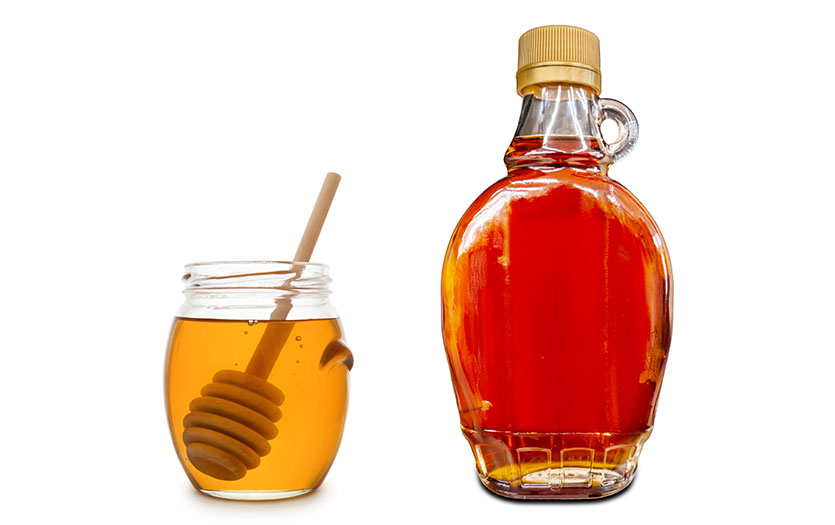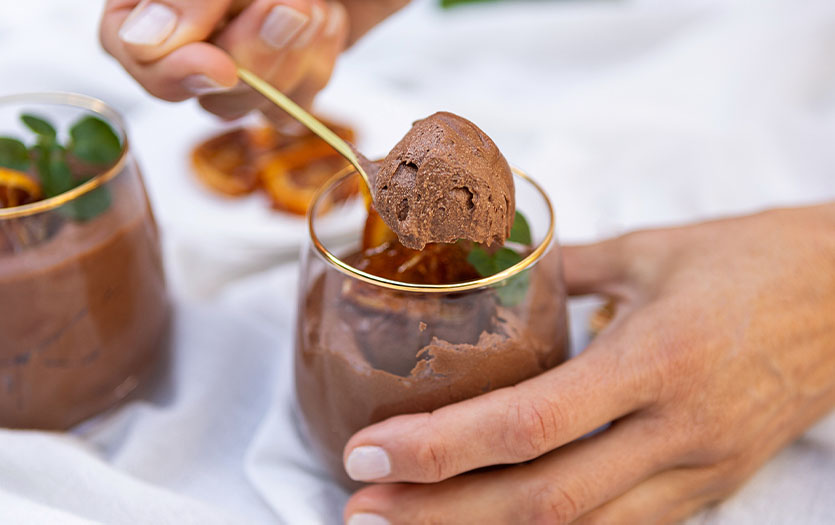
This post was written based on a presentation by Rachel Stohlman, RDN, LD, community outreach dietitian, Parkview Health.
Radishes, with their peppery flavor and crunchy texture, tend to get overlooked at the supermarket. However, you might want to give them another look, as they are packed with fiber, vitamins and minerals and can be a fun way to mix up your daily fruit and vegetable intake. Let’s learn more about the benefits of the humble radish, as well as how to prepare them for maximum flavor.
The benefits of produce in our diet
Fruits and vegetables are important components of our diets because they are nutrient-dense foods. That means, when compared to calorie-dense, processed foods, fruits and vegetables provide maximum nutritional benefits in every bite.
Eating produce can have a positive effect on our health. A diet rich in fruits and vegetables can:
- Lower blood pressure and reduce the risk of heart disease and stroke.
- Could prevent some types of cancer.
- Provide nutrients to help our immune systems function at their best.
- Have a positive effect on blood sugar and aid with weight management (nutrient vs. calorie).
How much produce should you eat?
Data suggests that 9 out of 10 Americans do not get the recommended servings of fruit and vegetables per day, which are:
- Adults: 2 cups of fruit and 3 cups of veggies per day
- Children: 1 – 1 ½ cups fruit and 1 – 2 ½ cups veggies per day
Get ready to revere radishes
Radishes are a root vegetable, specifically a taproot (scientific name raphanus sativus), and are part of the Brassica vegetable family along with broccoli and cabbage. They have a long history as a garden staple, having been first domesticated in Asia prior to Roman times.
There are several types of radishes including:
- Red
- White
- French breakfast
- Daikon
Radishes are easy to grow and can be harvested all year long, depending on the variety. When picking a radish at the store, you want them to be firm, smooth and brightly colored. If the tops are attached, they should be green and fresh.
How to store radishes
For short-term storage, remove the radish tops and store them in a container in the refrigerator. Radishes do not freeze well, so to store them longer term, they do best pickled. Daikon radishes have long been pickled in Asian cultures in the form of kimchee, which can be made with radishes and other fermented products.
Nutritional benefits of radishes
Radishes really pack a nutritional punch for their size. They contain:
- Fiber – Helps with gut health and healthy weight management. Fiber helps us feel full longer, minimizes spikes in blood sugar by slowing the digestion of carbohydrates, keeps us regular, helps lower bad cholesterol, and lowers the risk of colon cancer.
- Calcium – Aids in bone health.
- Potassium – Important for healthy muscles and nerve function.
- Vitamin C – Vital for immune function.
- Folate – Important for healthy cell growth.
- Flavonoids (ellagitannins and ellagic acid) – Antioxidants and anti-inflammatories.
Raise the radish flavor profile
Radishes are often eaten raw and served sliced in salads, but there are many delicious ways to prepare them, such as …
- Braised (in 1-2 teaspoons oil for about 5 minutes}
- Sautéed
- Roasted (in a 425°F-degree oven for 30-45 minutes)
- Steamed (in a steamer basket for 5-10 minutes)
- Boiled (10-30 minutes)
Pair your radishes with avocado, celery, chives, lemon, parsley, pepper, thyme and vinegar. For more ideas on how to prepare radishes or other ways to add more fruits and vegetables to your diet, browse our Pinterest for inspiration.



